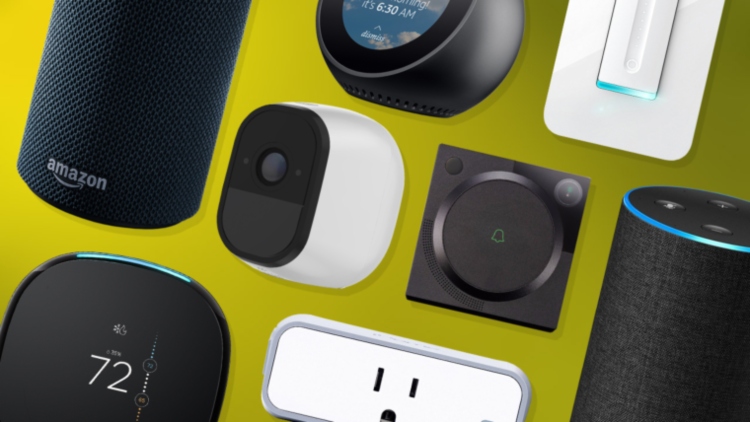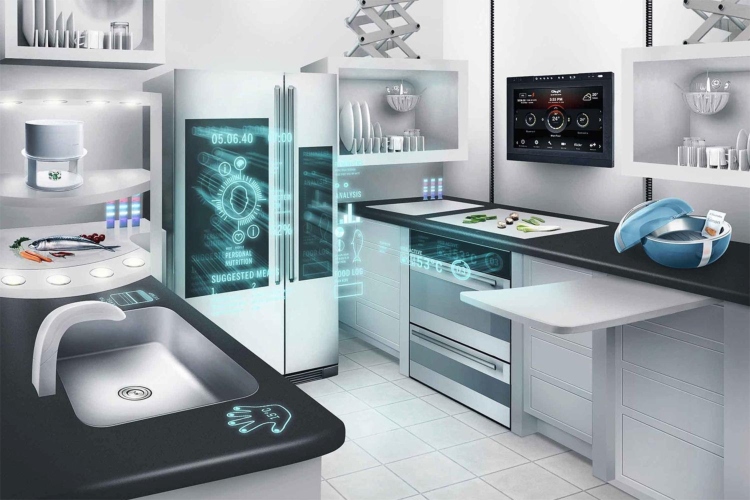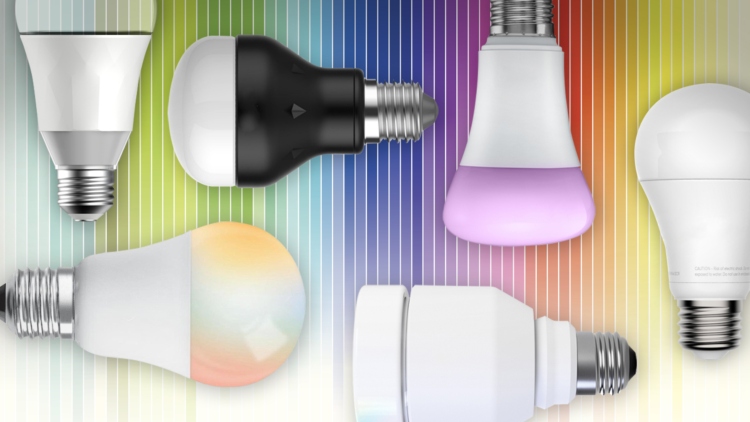4 Smart Home Trends On Your Doorstep
It’s hard to imagine now, but at one point in time, the home security market was incredibly limited. If you wanted a security system, it meant choosing between one of several subscription-based services, sometimes paying for equipment on top of a service fee.
There’s no need to name names; you probably already know the big companies in the business. What’s more important is that time is long gone, and it’s all thanks to smart home trends.
Now, a homeowner has the incredible opportunity to choose what they want, when they want, and set it up exactly how they want it. If you guessed we’re talking about smart home security solutions, you guessed right.
Everything from smart video doorbells to smart cameras, and automated lighting is available for a one-time purchase — no subscriptions needed unless you want one. The modern smart home is incredibly secure, but that’s not all it is.
This is just one of many changes happening that the smart home technology market has made possible. Sure, there are exceptions, but the technology is putting a lot of purchasing power back into the hands of the consumer.
Want a security system you can monitor yourself? Buy one online or in a local store.
Want a smart speaker that doesn’t require a ton of accessories and additional devices? No problem. Go get one.
Want to install a smart bulb in an outdoor light fixture and set up an automated schedule? All DIY? Again, just go get the supplies.
According to the Consumer Technology Association (CTA) the forecasted sales of smart home products for 2019 is $398 billion, up 3.9 percent YOY from 2018. That’s a huge jump, but there’s no secret behind why it’s happening. Innovation abounds, the tech is in great supply, and the devices are enriching everyone’s lives, ultimately increasing demand.

Knowing this, what are some smart home tech trends that everyone should be aware of? What things are happening in the industry?
We decided to incorporate our smart home trends more, well, creatively. Each percentage indicates our estimate as to how likely the trend will be widely adopted.
75% – Smart Appliances Will Rise
One thing that keeps happening in the smart home space is a new device, or piece of tech, is introduced before it’s ready for primetime. Smart appliances are a great example. They’ve been around for a while, but they just haven’t offered anything particularly special to homeowners.
Just cramming a display and WiFi connectivity onto the features list of a device doesn’t make it useful. It earns the smart moniker, sure, but it’s not until the appliance improves the overall experience for users that it becomes viable.

As a result, the kitchen has been one room in the modern dwelling that’s remained relatively untouched by the smart home movement. That is about to change.
Whirlpool’s Yummly-powered smart cooking tech provides a good look at the future. As does Samsung’s Family Hub refrigerator with an AI-powered LCD screen that doubles as a collaborative bulletin board.
It’s all about making spaces more efficient, not just by boosting convenience but also by streamlining common tasks.
[perfectpullquote align=”full” bordertop=”false” cite=”” link=”” color=”#1AC4A8″ class=”” size=””]Suggested Reading: Law Firms In The Digital Age: Understanding The Impact Of Tech[/perfectpullquote]
85% – Smart Sensors Will Be Used to Report More Data
Every “smart” or connected device collects usage and performance data and ships it out to a remote system. This data is then used in many different ways, some good and some bad.
But through platforms like machine learning and AI, as well as advanced analytics tools it can be used to do some pretty remarkable things. Shipping companies like UPS or FedEx use the data to provide more transparency for their customers, for example. Similarly, geospatial data is utilised by insurance providers to assess which routes are more dangerous and have a high number of claims related to them. Netflix and Amazon use incoming data to make more accurate recommendations to their users.

The same thing is happening in the smart home space not just through conventional devices like a smart bulb, hub, or speaker but also via sensors. In fact, smart sensors are going to see a huge boost in application over the next few years.
Moen has developed a WiFi connected sensor called Flo that can detect leaks or bursts in the water line. If a problem is detected, it will turn off the main water supply, saving the home from flooding problems and water damage.
95% – Artificial Intelligence Will Power Advanced Functionality
Traditionally, with security cameras and live video feeds you would need to have someone monitoring what’s happening at all times. Not only does this allow them to take action in the moment, but it also helps identify who did what and when.
Real-time notifications have changed how this works. A smart home security camera, for instance, might send an alert to your phone when it recognises movement by your back door. You can then check to see if it’s a bird, dog, or something more sinister like an intruder. Going a step beyond that, AI will provide incredibly powerful functionality that improves the experience even further. Imagine an AI system that can analyse those movement alerts and filter out the ones that are harmless.
Deep Sentinel is an excellent example of this used in the security and smart home space. It’s a DIY security system that combines the efforts of AI imaging and a live video surveillance crew. The AI flags potential risks, while the remote team interacts with potential burglars or intruders. When a situation arises, they can contact the local authorities to protect your home and family.
It goes way beyond security, however. AI will be used to boost the power and capabilities of all smart home platforms from automating lighting and devices to analysing incoming data for pertinent details.
100% – Digital Voice Assistants Can Interface with Everything and Everyone
You know their names. Amazon’s Alexa, Apple’s Siri, Google Assistant, or even Samsung’s Bixby. Digital assistants are cropping up everywhere and for good reason.
Beyond simply making the experience more enjoyable, they are also changing how we interact with modern tech or smart home tech in particular. Voice and voice commands are the new go-to interface for most platforms. Many of the assistant platforms even act as hubs or interface tools that control and engage with other devices. You can tell Alexa to turn on a light, for instance, or ask Siri to set a reminder on your phone.

It has made smart home platforms more viable than ever especially for the average person. When IoT and smart tech were first introduced it seemed like every company had its own proprietary platform and protocol so getting things to work together was tough. That still happens from time to time, but most devices will not interact and engage with one another. It’s all being synchronised via digital assistant technologies.
[perfectpullquote align=”full” bordertop=”false” cite=”” link=”” color=”#1AC4A8″ class=”” size=””]Suggested Reading: Will Artificial Intelligence Penetrate The Music Industry?[/perfectpullquote]
The Future of “Smart”
Naturally, as the technology became more capable it began to see incorporation in new ways through innovative platforms. That will continue to happen as companies discover new ways to make use of the “smart” moniker.
Imagine a smart surface like your kitchen counter which can detect what items or gadgets are placed on it. Or, a touchscreen-based backsplash that reveals cooking recipes, plays video, and more. Carpets might become interactive, with flowing events and sounds that play out as you walk across. Doorways might evolve to open themselves or interface with other items — smart garage door openers and smart locks are a great example of this in action.
In other words, expect to see a lot more platforms and devices introduced that include WiFi connectivity and automated capabilities.
